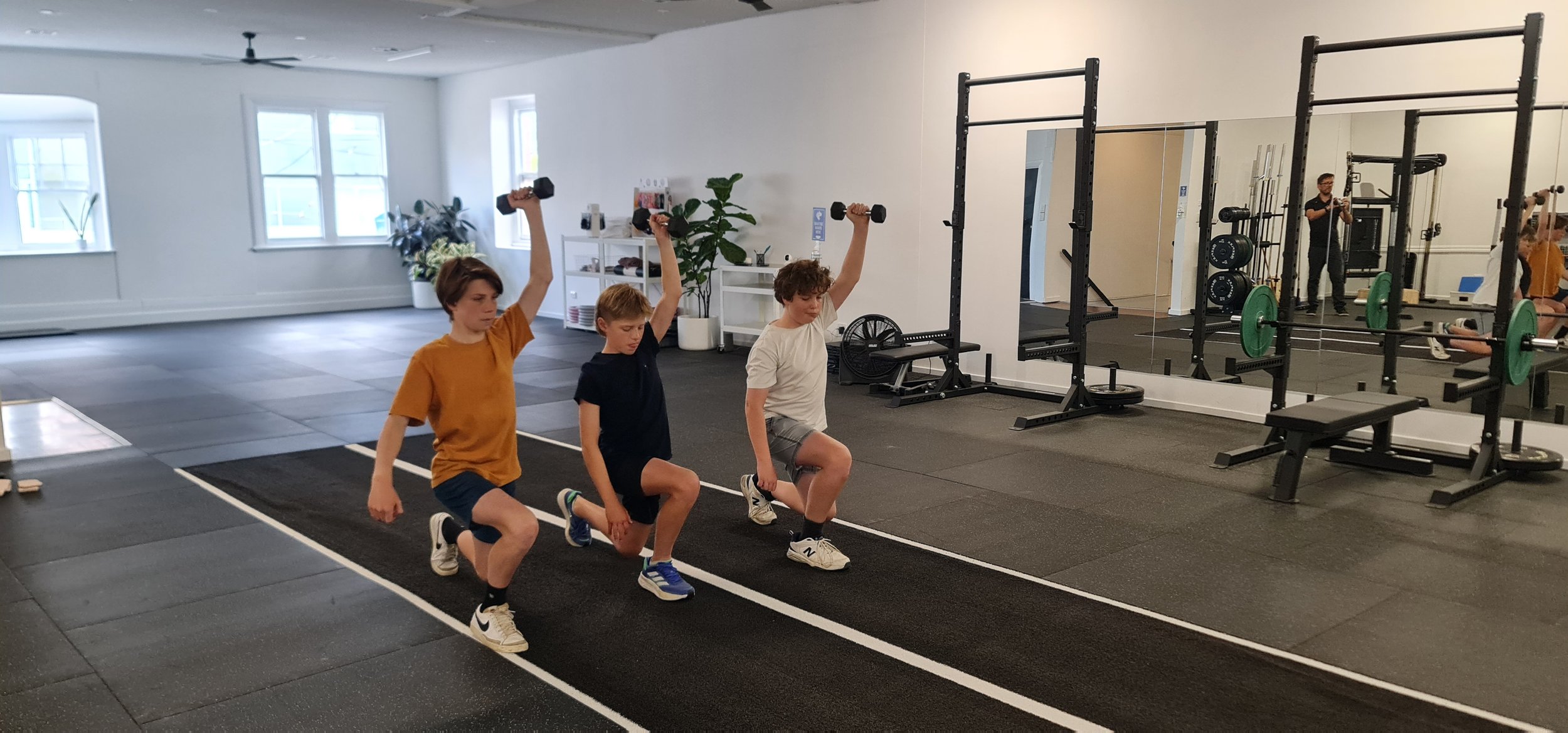The Advantages of Youth Weightlifting
In recent years, there's been a surge of interest in weightlifting among children and teenagers, fuelled by the desire to boost health, enhance sports performance, and foster positive self-perception among young athletes. A deep dive into various studies, including observational, correlational, and longitudinal data, sheds light on the myriad advantages of incorporating weightlifting into strength and conditioning programs. The impact is far-reaching, encompassing both physical and mental realms. This integration stands as a robust strategy, effectively reducing injury risks, enhancing strength, refining body composition, improving motor control, and bolstering bone mineral density. Moreover, weightlifting seems to wield psychological benefits, improving long-term health, cognitive function, fostering better health behaviours, and instigating positive social and psychological effects.
While concerns previously swirled around the suitability of weightlifting for young athletes due to hormonal considerations, recent literature challenges these notions. Instead, coaches are encouraged to implement weightlifting as the benefits far outweigh any potential risks for young athletes. Engaging in weightlifting exercises leads to significant improvements across various fitness domains, encompassing body composition, cardiovascular measures, motor fitness, and weightlifting performance. Under careful guidance, a window exists for strength and power gains with minimal risk of injury.
Youth weightlifting extends beyond performance enhancements; it emerges as a potent tool for injury prevention across diverse sports and activities, potentially reducing the occurrence of injuries by a significant margin. Studies showcase adaptations in bones, ligaments, and tendons, advocating for its inclusion in the training regimens of young athletes, making them more resilient to sports-related impacts. Aligned with lower limb movement patterns, weightlifting holds promise in transferring its benefits to critical sporting movements, contributing significantly to strength, power, and injury resilience.
Addressing apprehensions regarding bone development, expert consensus and studies emphasize the positive impacts of appropriately coached weightlifting programs. These programs foster bone formation and density in young athletes. Early engagement in weightlifting appears instrumental in laying the foundation for achieving peak musculoskeletal strength and potentially reducing overuse injuries in adulthood.
Considerations and Guidance:
Proper Supervision: Ensuring trained supervision is crucial during weightlifting sessions.
Personalization Matters: Tailoring workouts to individual capacities is key for safety and effectiveness.
Rest and Recovery: Emphasizing adequate rest and recovery between sessions is vital for injury prevention and muscle recovery.
Safety Insights:
Growth Plate Myth: Properly supervised lifting doesn't harm growth plates.
Reduced Risks: Focus on technique and gradual progression to minimize the risk of injuries.
Conclusion:
Weightlifting can be a valuable addition to a teenager's fitness routine when approached sensibly and with expert guidance. As professionals, we aim to educate, personalise programs, and promote safe practices for long-term health. The cumulative evidence unequivocally advocates for the inclusion of weightlifting in young athletes' training programs.
Contact any physiotherapist at Reload Physio for further information!
Stay informed, stay strong!
Resources
Harries, S. K., Lubans, D. R., & Callister, R. (2012). Resistance training to improve power and sports performance in adolescent athletes: a systematic review and meta-analysis. Journal of science and medicine in sport, 15(6), 532-540
Pichardo, A. W., Oliver, J. L., Harrison, C. B., Maulder, P. S., Lloyd, R. S., & Kandoi, R. (2021). Effects of combined resistance training and weightlifting on injury risk factors and resistance training skill of adolescent males. Journal of Strength and Conditioning Research, 35(12), 3370-3377
WOODS, B. (2019). Youth Weightlifting-A Review on The Risks, Benefits, And Long-Term Athlete Development Associated with Weightlifting Amongst Youth Athletes. Journal of Australian Strength and Conditioning, 27(3), 53-68


